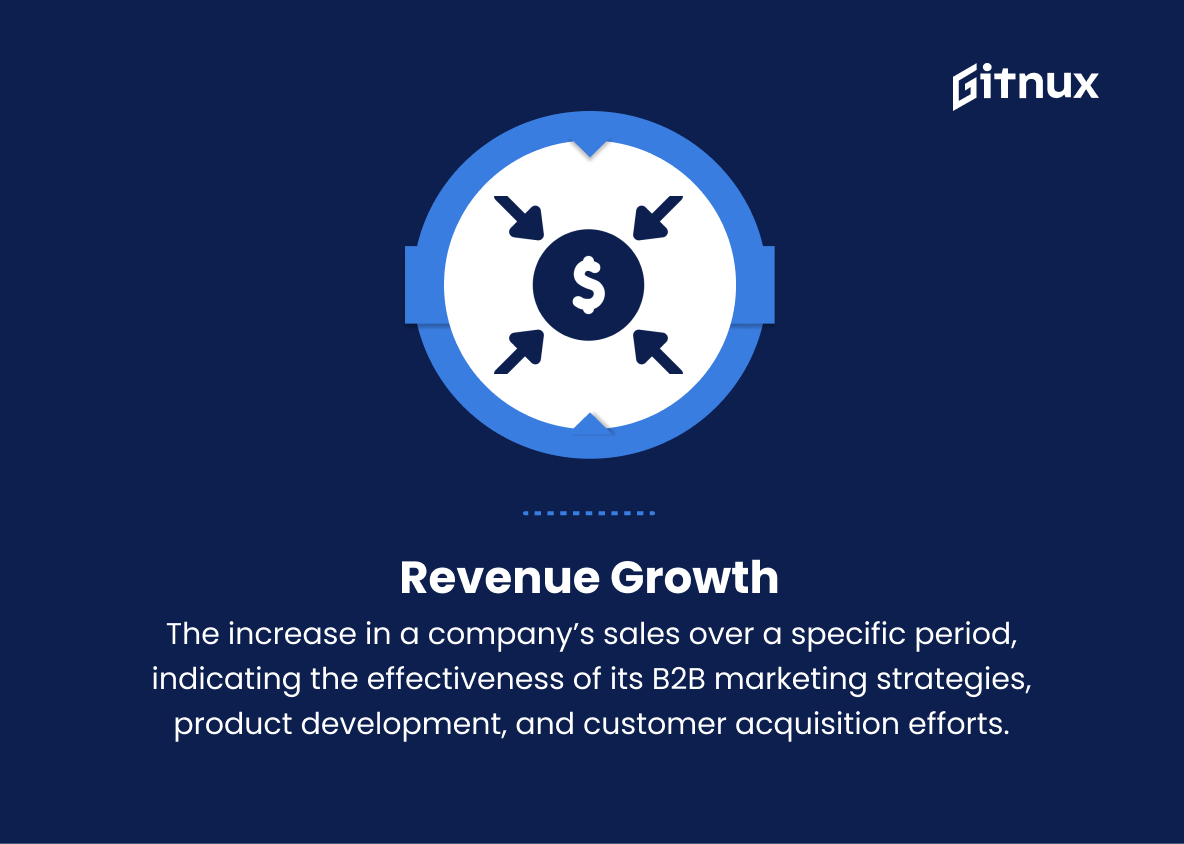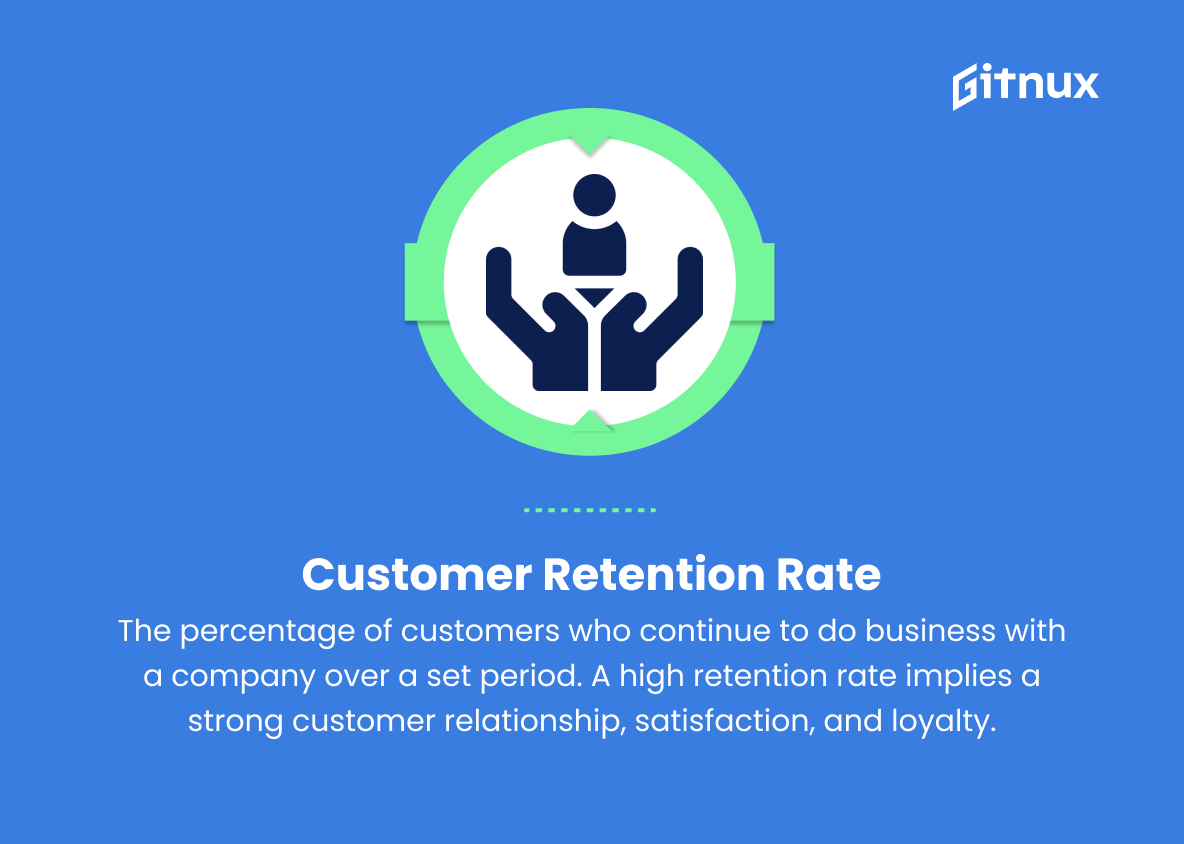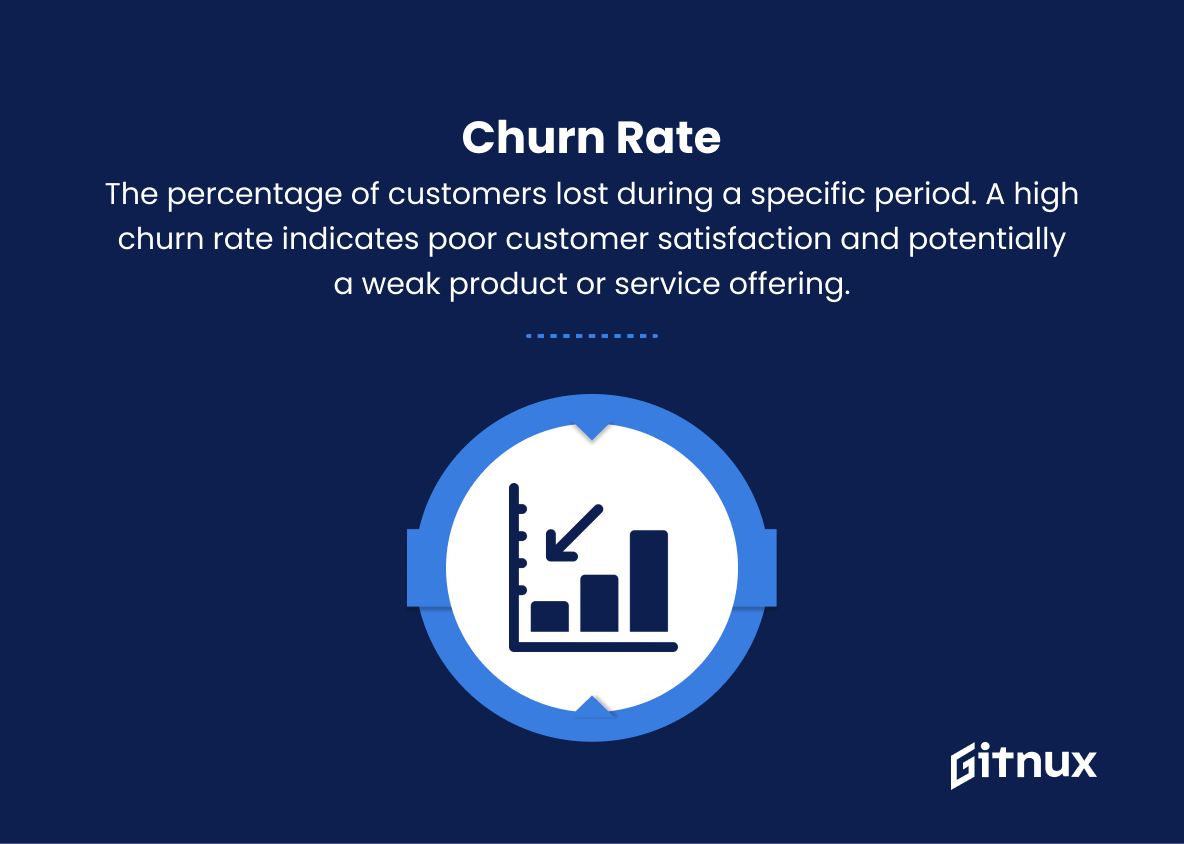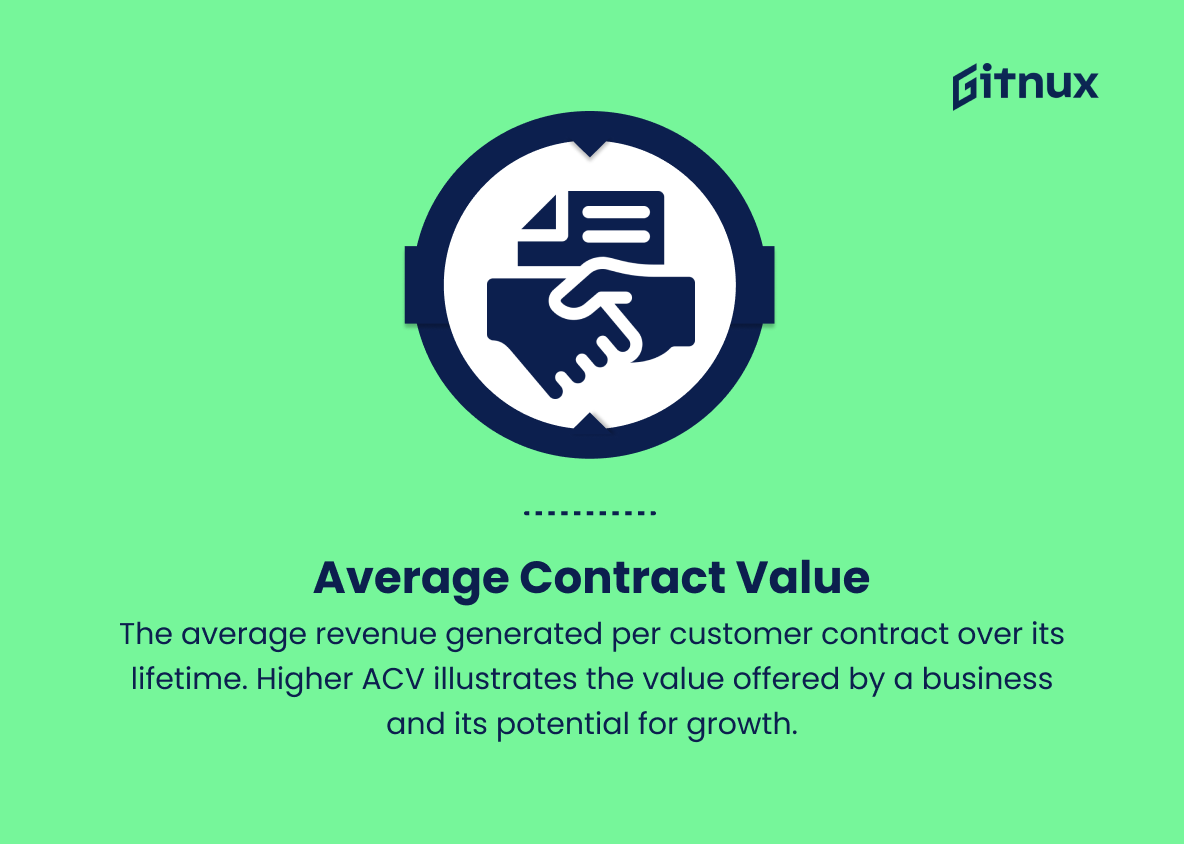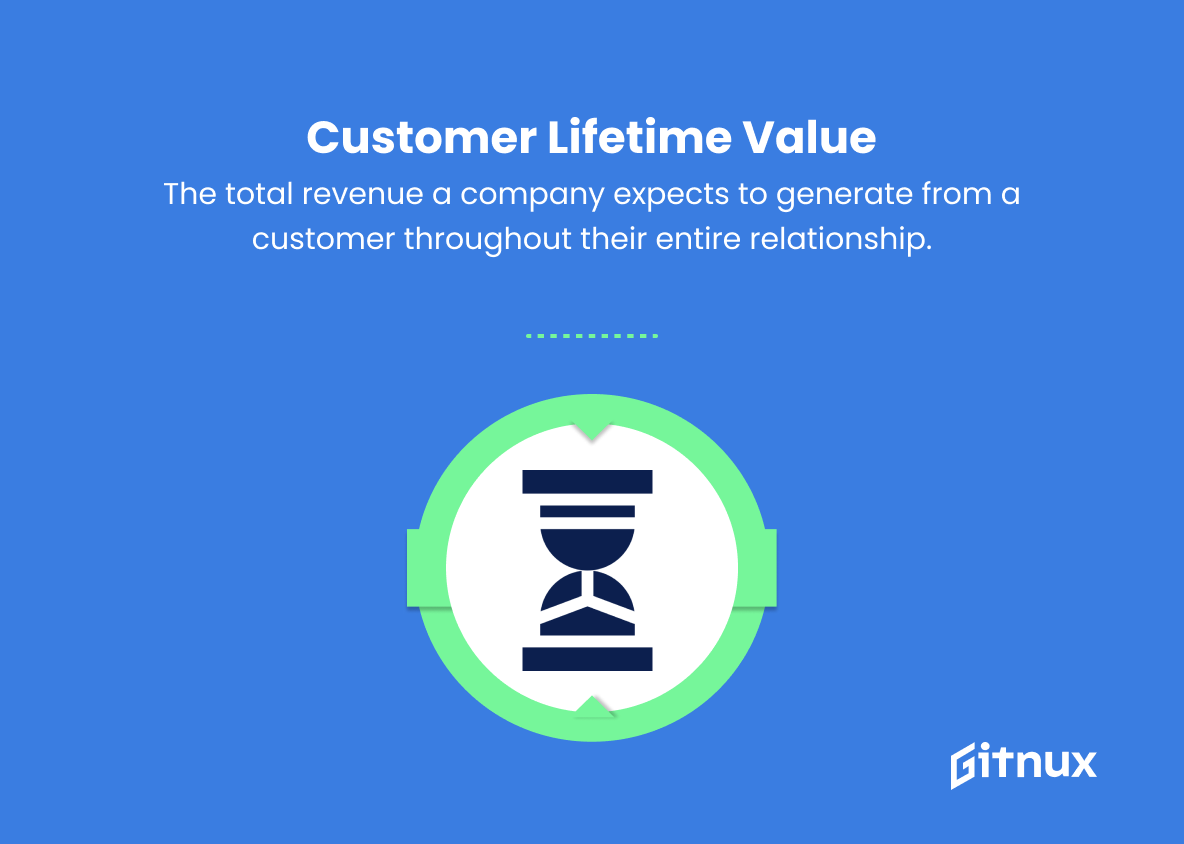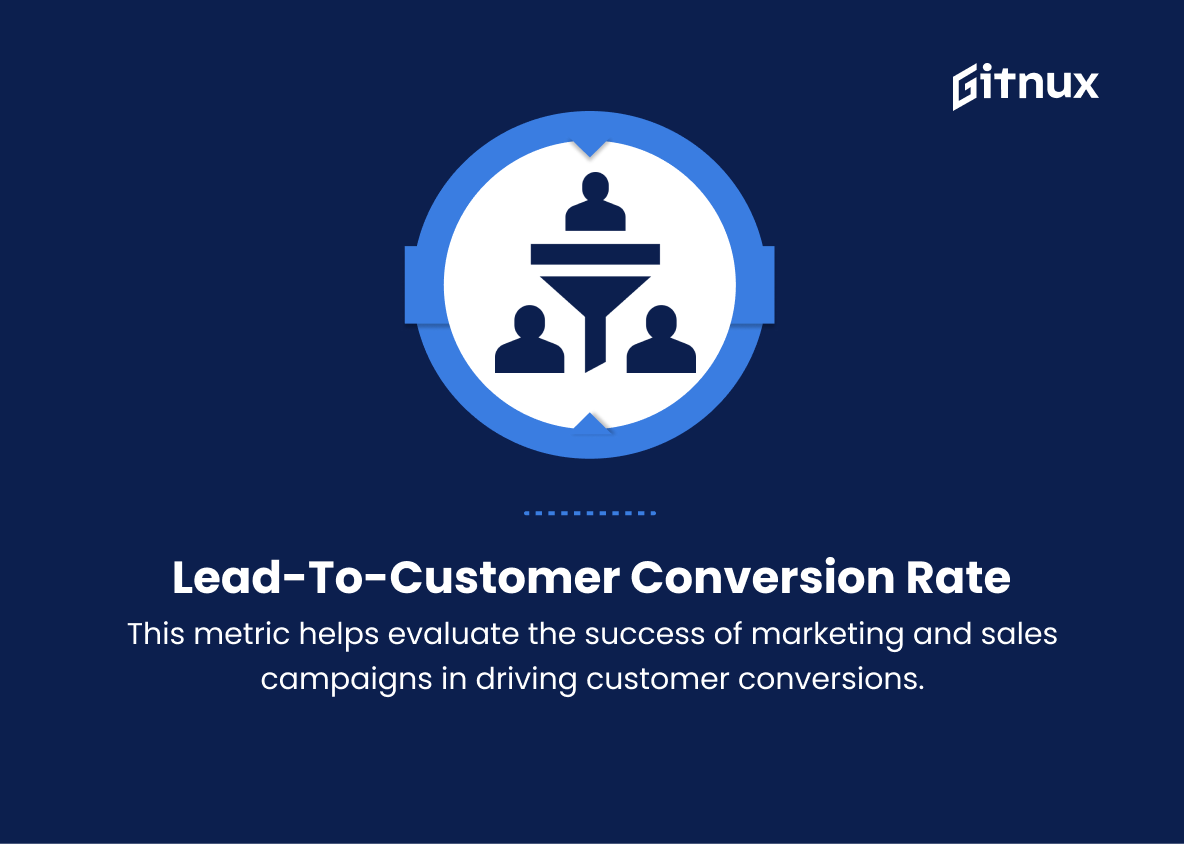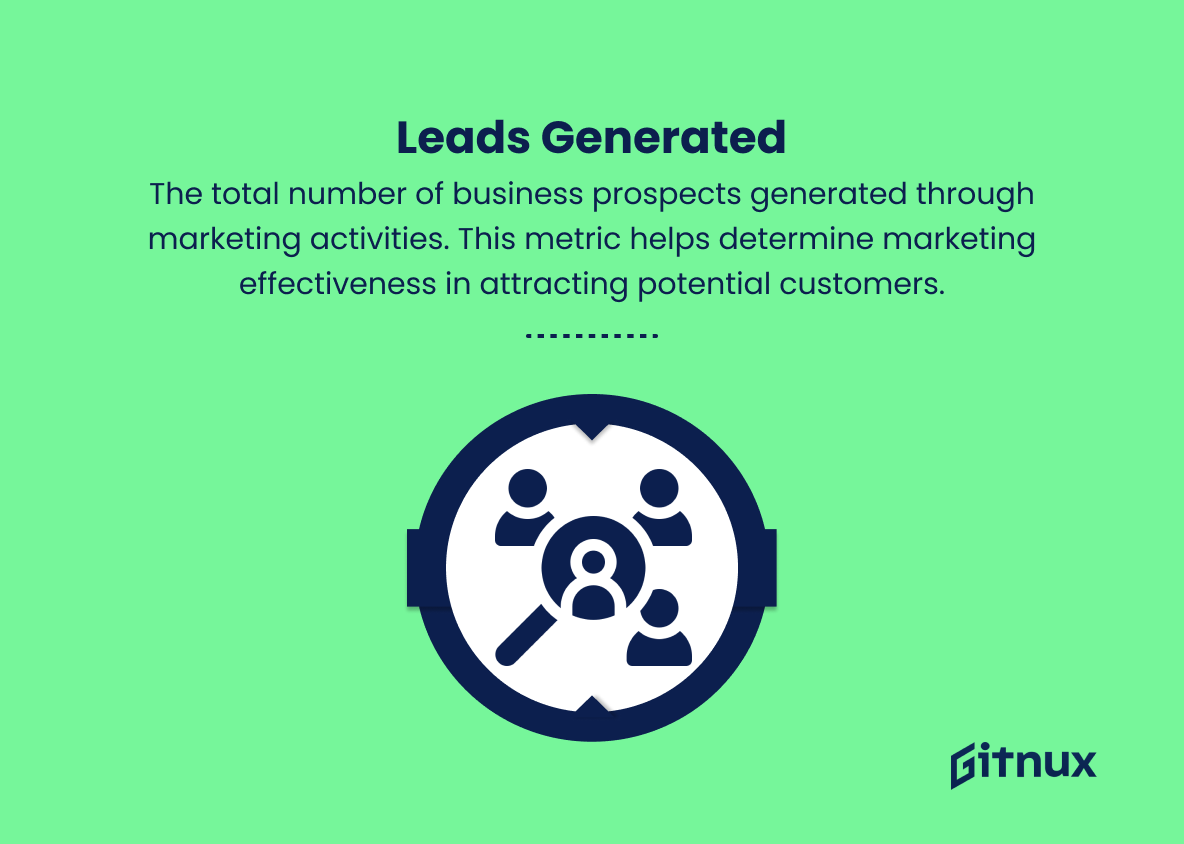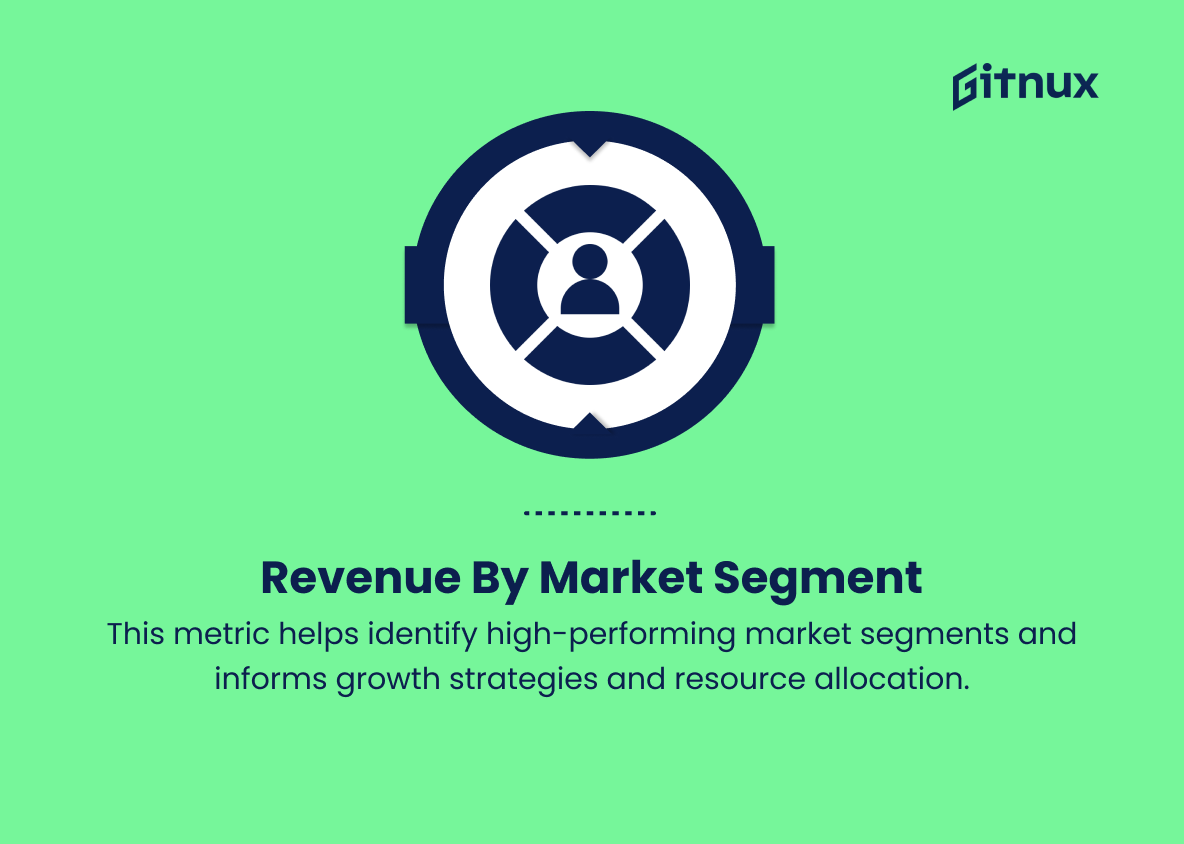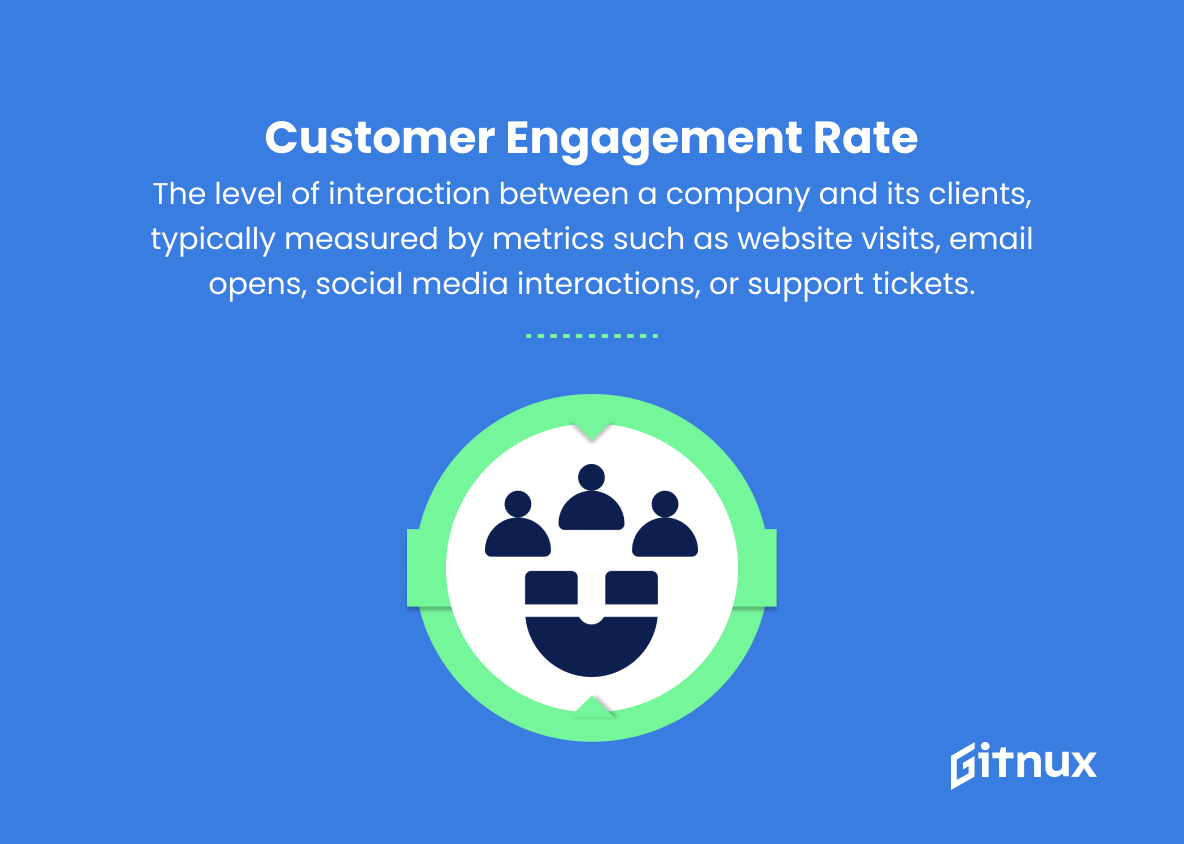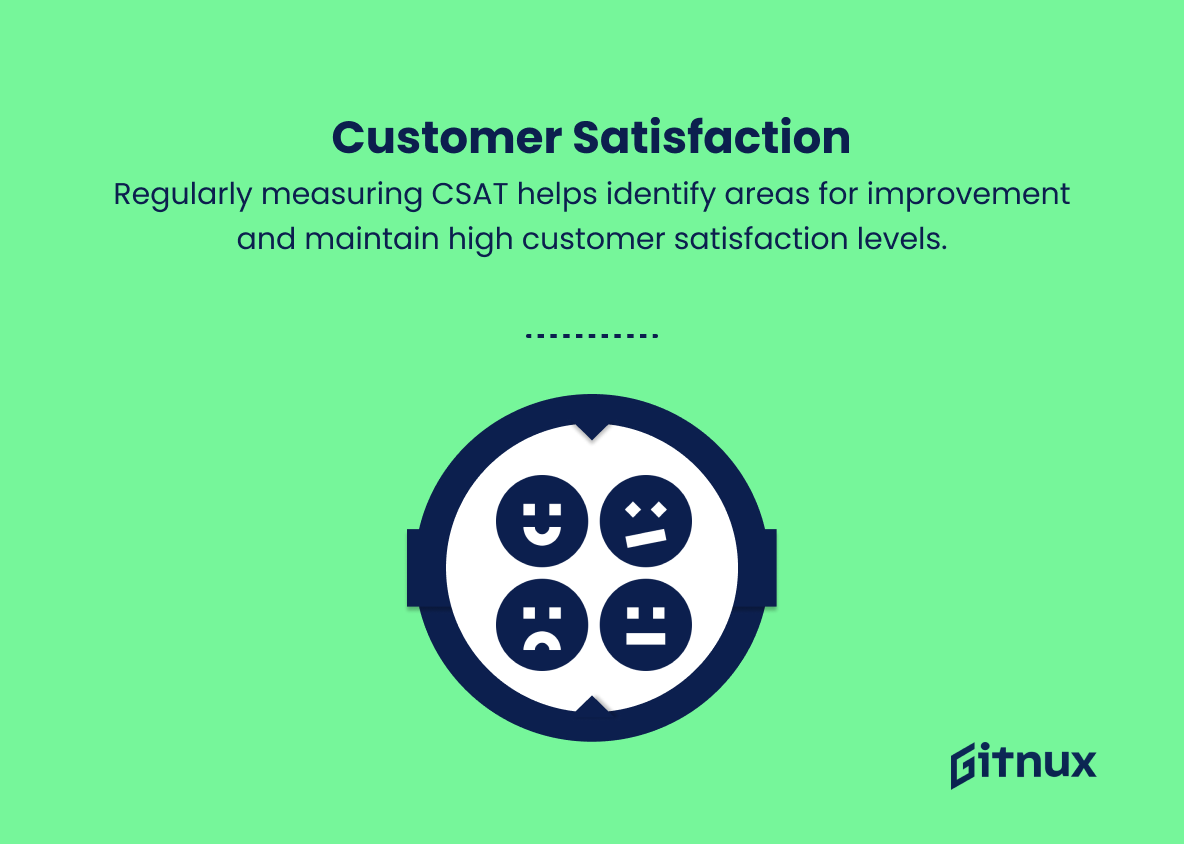In today’s rapidly evolving business landscape, the adage “What gets measured, gets managed” has never been more relevant. As businesses strive to stay ahead in fiercely competitive markets, finely-tuned and meticulously analyzed metrics have become indispensable. B2B metrics offer invaluable insights that enable organizations to optimize their strategies, streamline operations, and ultimately, deliver better results.
In this comprehensive blog post, we will delve deeply into the world of B2B metrics, exploring their significance, industry best practices, and cutting-edge methods to unlock the full potential of this powerful tool. Whether you are a seasoned executive or a forward-thinking entrepreneur, understanding and harnessing these metrics is essential to fueling growth and ensuring long-term success for your organization.
B2B Metrics You Should Know
1. Revenue Growth
The increase in a company’s sales over a specific period, indicating the effectiveness of its B2B marketing strategies, product development, and customer acquisition efforts.
2. Customer Acquisition Cost (CAC)
The total cost of acquiring a new customer, including marketing, sales, and onboarding expenses. This metric is essential for determining the efficiency of B2B marketing and sales efforts.
3. Customer Retention Rate
The percentage of customers who continue to do business with a company over a set period. A high retention rate implies a strong customer relationship, satisfaction, and loyalty.
4. Churn Rate
The percentage of customers lost during a specific period. A high churn rate indicates poor customer satisfaction and potentially a weak product or service offering.
5. Average Contract Value (ACV)
The average revenue generated per customer contract over its lifetime. Higher ACV illustrates the value offered by a business and its potential for growth.
6. Customer Lifetime Value (CLV)
The total revenue a company expects to generate from a customer throughout their entire relationship. CLV is a critical metric for assessing marketing and sales strategies’ effectiveness and guiding long-term investments.
7. Lead-to-Customer Conversion Rate
The percentage of generated leads that eventually become paying customers. This metric helps evaluate the success of marketing and sales campaigns in driving customer conversions.
8. Leads Generated
The total number of business prospects generated through marketing activities. This metric helps determine marketing effectiveness in attracting potential customers.
9. Sales Cycle Length
The time it takes for a lead to move through the sales funnel from initial contact to closing the deal. A shorter sales cycle can indicate a more efficient sales process or a higher level of interest from prospects.
10. Pipeline Velocity
The speed at which leads move through the sales funnel, indicating the efficiency of the sales process and the effectiveness of marketing and sales activities.
11. Revenue by Market Segment
The revenue generated from different market segments or customer groups. This metric helps identify high-performing market segments and informs growth strategies and resource allocation.
12. Customer Engagement Rate
The level of interaction between a company and its clients, typically measured by metrics such as website visits, email opens, social media interactions, or support tickets.
13. Net Promoter Score (NPS)
A measure of customer satisfaction and loyalty, calculated by asking customers how likely they are to recommend a product or service to others. A high NPS score indicates strong brand advocacy and customer satisfaction.
14. Customer Satisfaction (CSAT)
A score representing the overall satisfaction of a customer with a company, product, or service. Regularly measuring CSAT helps identify areas for improvement and maintain high customer satisfaction levels.
15. Return on Investment (ROI)
An essential metric that measures the financial efficiency of marketing and sales campaigns or other investments. A high ROI indicates that the investment is generating significant returns relative to its cost.
B2B Metrics Explained
B2B metrics are crucial in measuring and assessing the effectiveness of a company’s marketing and sales strategies, customer relationships, and overall performance. Metrics such as Revenue Growth, Customer Acquisition Cost (CAC), Customer Retention Rate, Churn Rate, Average Contract Value (ACV), Customer Lifetime Value (CLV), Lead-to-Customer Conversion Rate, Leads Generated, Sales Cycle Length, Pipeline Velocity, Revenue by Market Segment, Customer Engagement Rate, Net Promoter Score (NPS), Customer Satisfaction (CSAT), and Return on Investment (ROI) provide valuable insights into various aspects of a company’s performance.
These metrics help businesses understand areas of strength and weakness, evaluate marketing and sales initiatives, identify high-performing market segments, maintain customer satisfaction and loyalty, and ultimately guide strategic decisions and investments to drive growth and success in the competitive B2B landscape.
Conclusion
In conclusion, B2B metrics are the backbone of successful business-to-business interactions, allowing companies to track their progress, identify areas for improvement, and ultimately, achieve their desired results. By incorporating these essential metrics, such as MQLs, SQLs, conversion rates, and customer satisfaction, businesses are better equipped to optimize strategies and allocate resources effectively.
Therefore, every B2B organization should make it a priority to implement a robust and holistic metrics system that enables both growth and longevity in today’s highly competitive market. In doing so, businesses not only thrive but become industry leaders delivering outstanding value to their clients.
